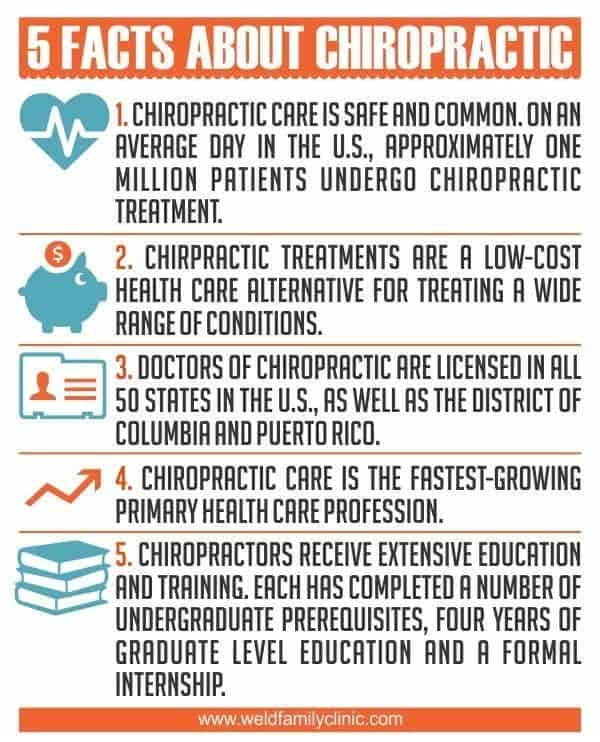A Thorough Analysis Of Cold Laser Therapy: Unraveling Its Mechanisms And Effect
A Thorough Analysis Of Cold Laser Therapy: Unraveling Its Mechanisms And Effect
Blog Article
Uploaded By-Walls Daley
You may have heard of cold laser treatment as an appealing treatment choice for various problems, but have you ever before asked yourself how it actually works with a mobile degree? Comprehending the systems behind this treatment can shed light on its effectiveness in advertising healing and reducing inflammation. By discovering the scientific research behind cold laser treatment, you'll obtain understandings right into the fascinating methods which light can influence cellular procedures and assist in tissue repair.
Exactly How Cold Laser Treatment Works
To recognize just how cold laser therapy works, you require to understand the essential principles of exactly how light energy engages with organic tissues. Cold laser therapy, also referred to as low-level laser treatment (LLLT), uses specific wavelengths of light to pass through the skin and target hidden tissues. Unlike laser smoking cessation near me used in procedures, cold lasers produce reduced levels of light that don't produce heat or create damages to the cells.
When these gentle light waves reach the cells, they're soaked up by elements called chromophores, such as cytochrome c oxidase in mitochondria. This absorption triggers a collection of organic reactions, including boosted mobile energy production and the release of nitric oxide, which boosts blood circulation and lowers inflammation.
Furthermore, the light energy can also stimulate the production of adenosine triphosphate (ATP), the energy money of cells, aiding in cellular fixing and regeneration procedures.
Fundamentally, water extraction stamford takes advantage of the power of light power to promote healing and alleviate pain in a non-invasive and mild way.
Systems of Activity
How does cold laser therapy actually function to produce its healing impacts on organic tissues?
Cold laser therapy, also known as low-level laser treatment (LLLT), runs with a process referred to as photobiomodulation. When the cold laser is put on the skin, the light power permeates the cells and is taken in by chromophores within the cells.
These chromophores, such as cytochrome c oxidase in the mitochondria, are then boosted by the light power, resulting in a cascade of biological responses. One essential system of action is the enhancement of mobile metabolic rate.
The taken in light energy boosts ATP manufacturing in the mitochondria, which is essential for cellular feature and repair. In addition, cold laser therapy assists to lower inflammation by hindering inflammatory conciliators and advertising the launch of anti-inflammatory cytokines.
This anti-inflammatory impact contributes to pain alleviation and cells healing.
Therapeutic Impacts
Understanding the restorative impacts of cold laser treatment includes acknowledging how the enhanced cellular metabolic rate and anti-inflammatory properties contribute to its favorable results on organic tissues.
When the cold laser is put on the damaged area, it stimulates the mitochondria within the cells, bring about enhanced manufacturing of adenosine triphosphate (ATP), which is critical for cellular feature and fixing. This increase in cellular energy speeds up the healing procedure by promoting cells regrowth and minimizing inflammation.
Additionally, the anti-inflammatory homes of cold laser therapy help to reduce pain and swelling in the targeted location. By inhibiting inflammatory arbitrators and promoting the launch of anti-inflammatory cytokines, cold laser therapy help in alleviating discomfort and improving the general healing response.
This reduction in swelling not just gives immediate alleviation yet likewise sustains lasting tissue repair service.
Verdict
To conclude, cold laser therapy functions by stimulating cellular fixing and tissue regeneration via photobiomodulation. Its anti-inflammatory buildings offer pain relief and lower swelling by preventing inflammatory arbitrators.
This treatment provides an extensive approach to recovery, providing both prompt relief and long-lasting tissue repair work advantages.
With its mechanisms of activity, cold laser therapy proves to be an effective and appealing treatment choice for a selection of problems.
